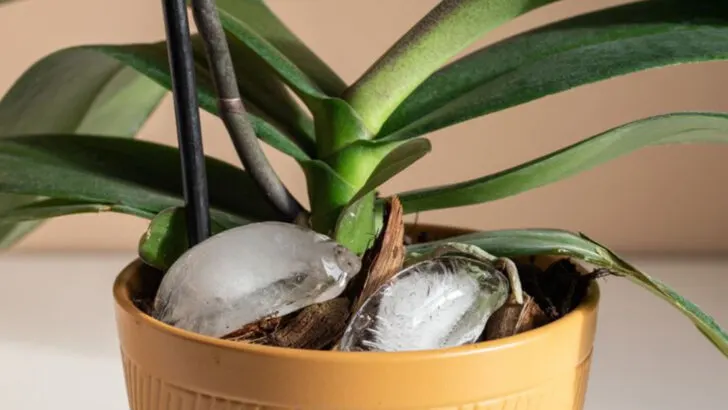Watering should be simple—but it’s surprisingly easy to get wrong. One day your plant looks fine, the next it’s flopping like a drama queen in a soap opera. While we all want to be plant heroes, not every watering “hack” actually helps. In fact, some popular tricks do more harm than good.
In this list, we’ll separate fact from fiction: 6 smart watering techniques that actually revive struggling plants, and 10 common habits that either do nothing—or make things worse. If you’ve ever found yourself misting leaves obsessively or panic-dumping water into dry soil, you’re not alone.
Whether you’re a new plant parent or just tired of watching your greenery suffer, these tips will help you focus on what actually works—and stop wasting time on myths that don’t.
Deep Soaking
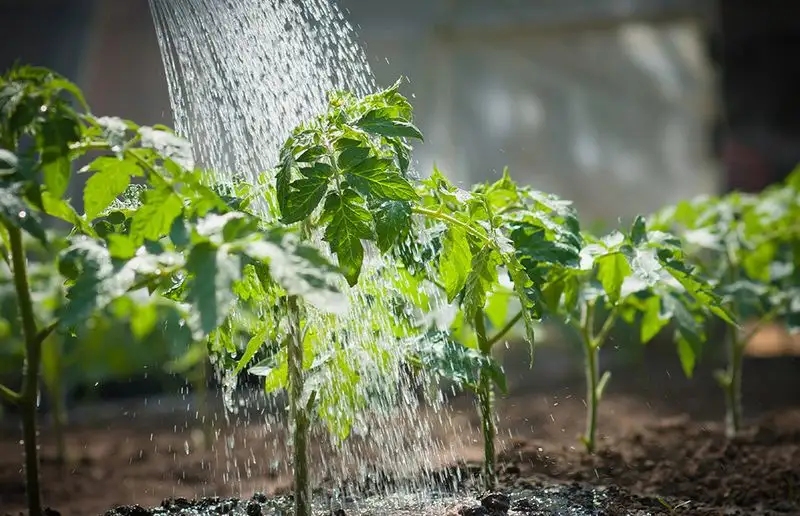
Imagine waking up parched, your thirst unquenched by a mere sip. Plants feel the same way. Deep soaking involves watering until the soil is saturated, helping roots grow deeper. This method revives plants suffering from drought stress, ensuring they receive ample hydration. Unlike surface watering, deep soaking encourages robust root development. It’s an essential trick for perennials, trees, and shrubs. By allowing water to reach deeper soil layers, plants can access moisture long after the watering can is put away. For gardeners dealing with dry spells, this technique can be a true lifesaver.
Morning Watering
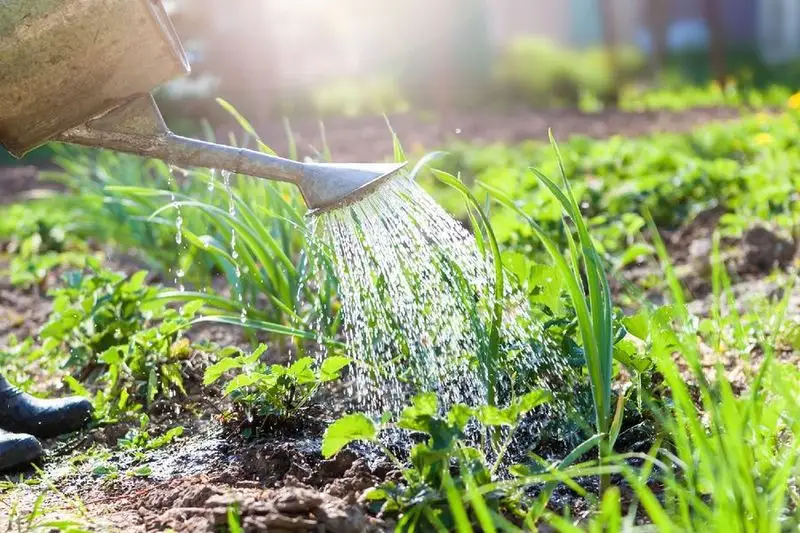
Watering in the morning sets your plants up for a successful day. By hydrating them early, you minimize evaporation losses and provide a full day’s access to moisture. This practice reduces the risk of fungal diseases, as leaves have time to dry before nightfall. Morning watering is particularly beneficial for vegetables and flowering plants prone to mildew. This timing also allows gardeners to enjoy the peaceful serenity that comes with tending a garden at dawn. Embrace this habit, and watch your plants thrive, responding to the consistent care they receive each morning.
Rainwater Harvesting
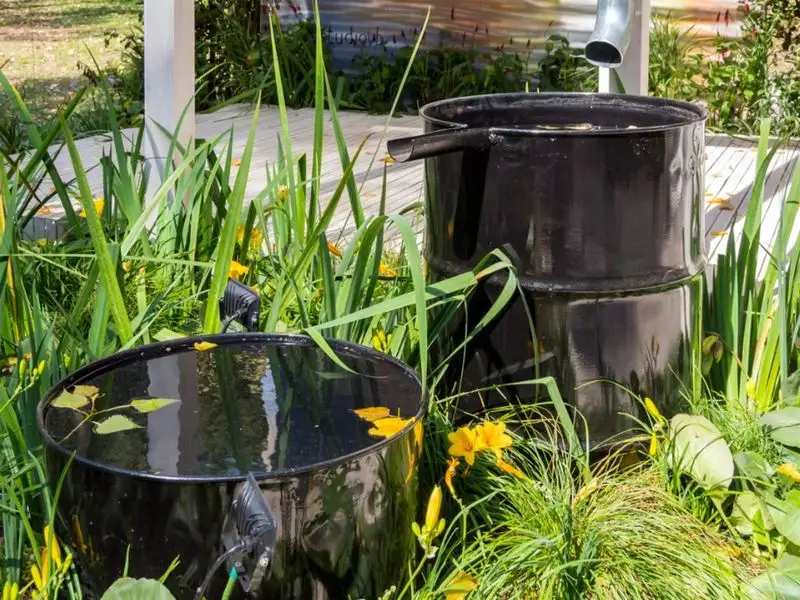
Using rainwater for your plants is a sustainable and effective watering trick. Capturing rain in barrels allows you to use naturally soft water, free from chemicals found in tap water. This method is not only eco-friendly but also cost-effective. Rainwater is ideal for delicate plants like ferns and orchids, which thrive with its purity. By installing a simple rainwater collection system, you can provide your garden with the hydration it craves while reducing your environmental footprint. This age-old technique marries tradition with modern-day sustainability.
Mulching
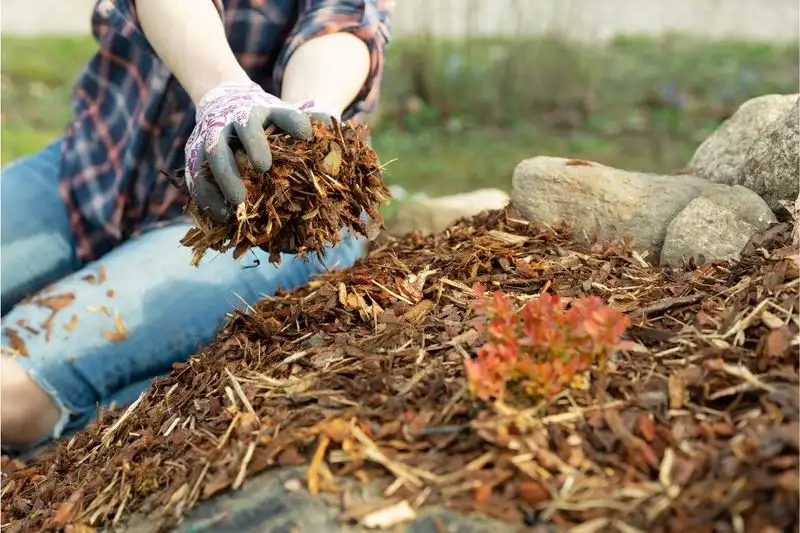
Mulching is akin to tucking your plants in with a cozy blanket. It conserves moisture, suppresses weeds, and regulates soil temperature. By applying a layer of organic material, such as wood chips or straw, you help retain soil moisture, reducing the need for frequent watering. This technique is particularly useful during hot summer months when evaporation rates soar. Mulching not only benefits the plants but also enriches the soil as it breaks down. For those looking to boost their garden’s resilience, mulching is an indispensable strategy.
Self-Watering Planters
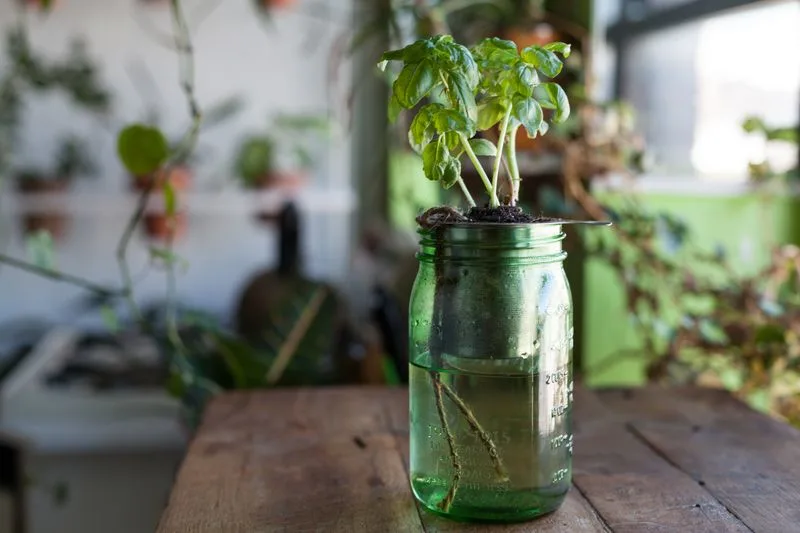
Self-watering planters are the ultimate solution for busy urban gardeners. These containers feature a reservoir that automatically supplies water to plants as needed, ensuring consistent hydration. This technology helps prevent overwatering, a common pitfall for city dwellers juggling hectic schedules. Ideal for small balconies or indoor settings, self-watering planters offer convenience without sacrificing plant health. They maintain optimal moisture levels, allowing you to enjoy flourishing greenery without constant attention. Embrace this innovation and let your plants thrive in style, effortlessly adapting to your lifestyle.
Using Ice Cubes
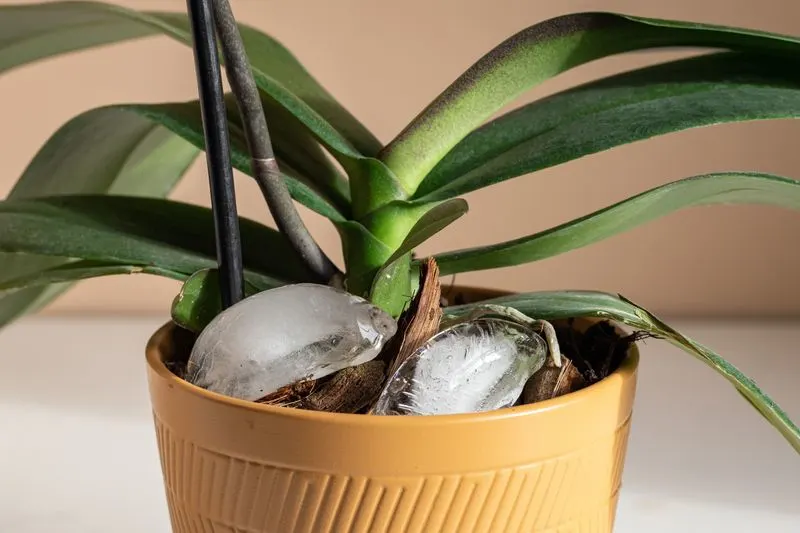
Innovative and unconventional, using ice cubes to water plants offers a slow-release hydration method. This trick is especially handy for orchids, which thrive with measured moisture levels. By placing ice cubes on the potting medium, water gradually seeps into the soil, minimizing the risk of overwatering. This method is perfect for plant lovers seeking low-maintenance solutions. Additionally, it’s an effective way to water plants with fragile root systems, allowing them to absorb moisture without disturbance. With ice cubes, your plants receive the care they need, even in chilly conditions.
Frequent Light Watering
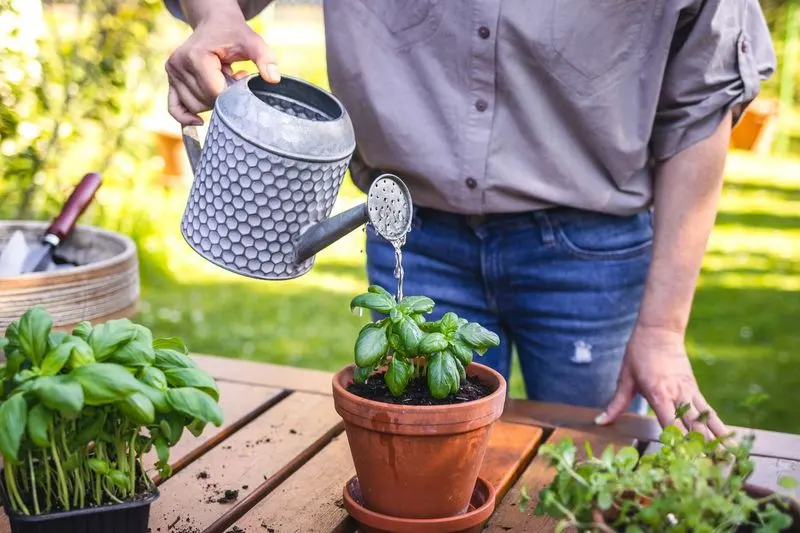
Frequent light watering, akin to offering sips rather than a full glass, may not be as beneficial as it seems. While it might provide temporary relief, this method often leads to shallow root growth, as roots stay close to the surface. Consequently, plants become more susceptible to drought stress. This approach can also encourage fungal growth due to constant moisture on foliage. Gardeners may find themselves spending more time watering without seeing the robust growth they desire. Ultimately, this technique can be more of a time-waster than a boon for your plants’ health.
Overhead Sprinklers
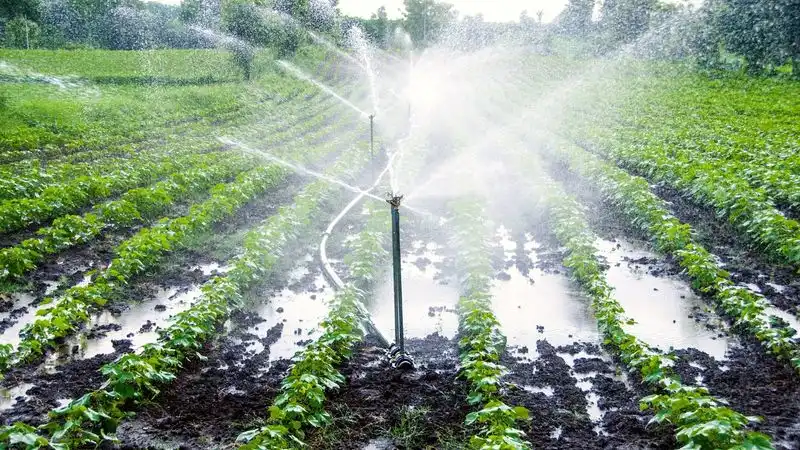
The convenience of overhead sprinklers is undeniable, but they can be deceivingly ineffective. While they cover large areas, much of the water is lost to evaporation, never reaching the roots where it’s needed most. This method also wets the foliage, increasing the risk of disease. For those seeking precision in their watering routine, drip irrigation or soaker hoses may be more efficient alternatives. Though sprinklers create a picturesque scene, their inefficiency often leads to wasted resources. For conscientious gardeners, reconsidering this watering method might be well worth the effort.
Watering During Midday Heat
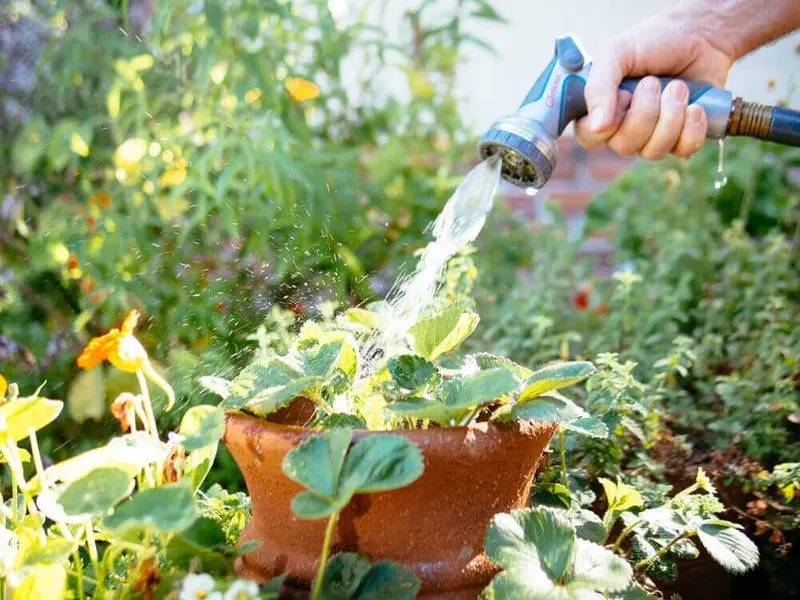
Watering plants during the hottest part of the day seems intuitive, but it can be counterproductive. The intense heat causes rapid evaporation, meaning less water reaches the roots. This not only wastes time but also resources. Plants might also experience thermal shock, as cool water meets hot soil. To maximize efficiency, water in the early morning or late evening when temperatures are cooler. This ensures that your plants have the chance to absorb moisture effectively, promoting healthy growth. Timing matters, and midday watering often misses the mark.
Too Much Water
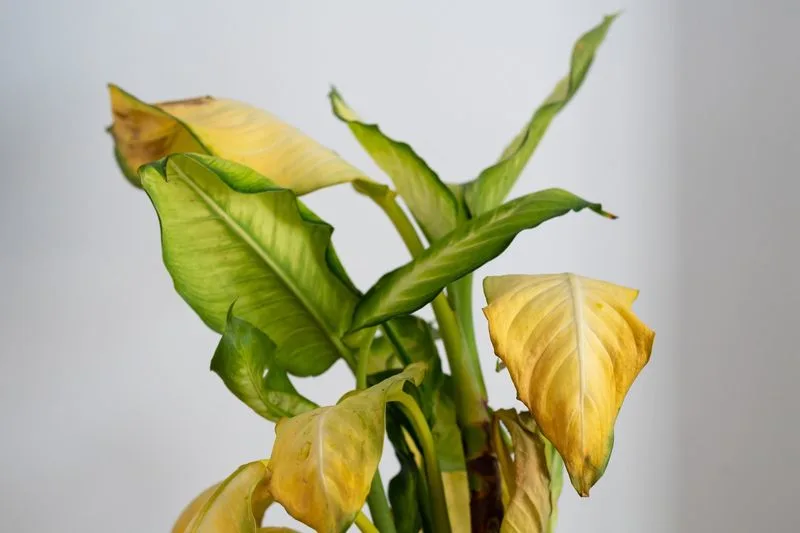
The adage “more is better” certainly doesn’t apply to watering plants. Excess water can suffocate roots, leading to rot and disease. Overwatering often results in yellowing leaves and stunted growth, as roots struggle to access oxygen. This common mistake can quickly turn a thriving garden into a struggling one. For gardeners eager to shower their plants with love, understanding the delicate balance of water is crucial. Learning to read the signs of overwatering can transform your gardening experience, ensuring that your plants receive just the right amount of hydration.
Watering with Soft Drinks
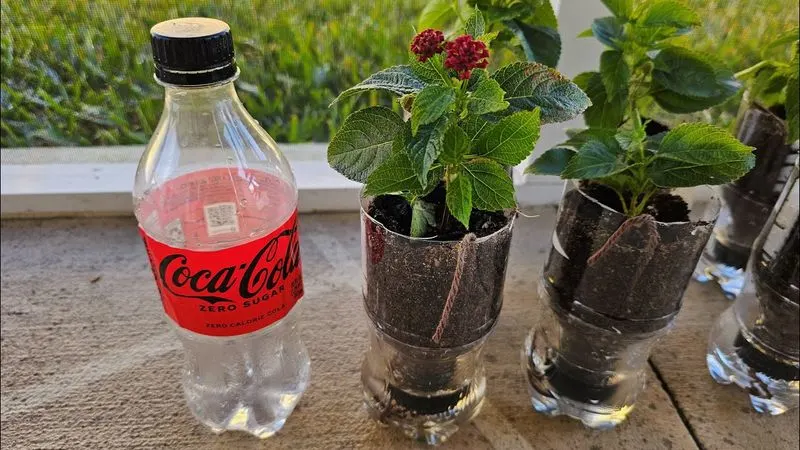
Using soft drinks as a watering method is an experiment better left in the lab. While the sugar and acids might seem harmless, they can actually harm plants by disrupting nutrient uptake and promoting fungal growth. Soft drinks can alter the soil’s pH, affecting plant health over time. For those tempted to try unconventional approaches, sticking with water ensures that plants receive the hydration they need without the added complications. With water readily available, it’s the simplest and most effective choice for a thriving garden.
Misting Too Often
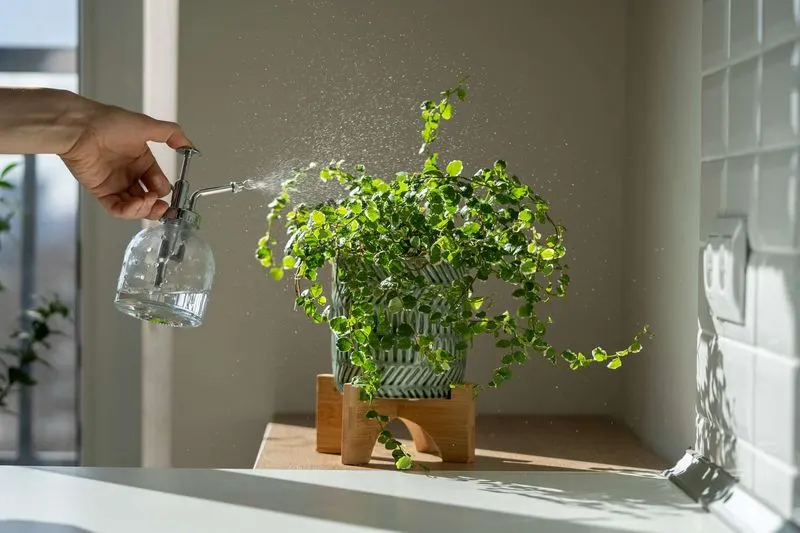
Misting plants, particularly those indoors, is a popular practice. However, misting too frequently can lead to problems. While it may temporarily increase humidity, constant misting can encourage mold growth and pest attraction. Plants with hairy leaves, like African violets, can suffer from leaf damage if misted excessively. For effective humidity control, consider using a pebble tray or humidifier. These alternatives maintain consistent moisture levels without the risks associated with over-misting. This subtle change can make a significant difference in your plants’ overall well-being.
Using Only Tap Water
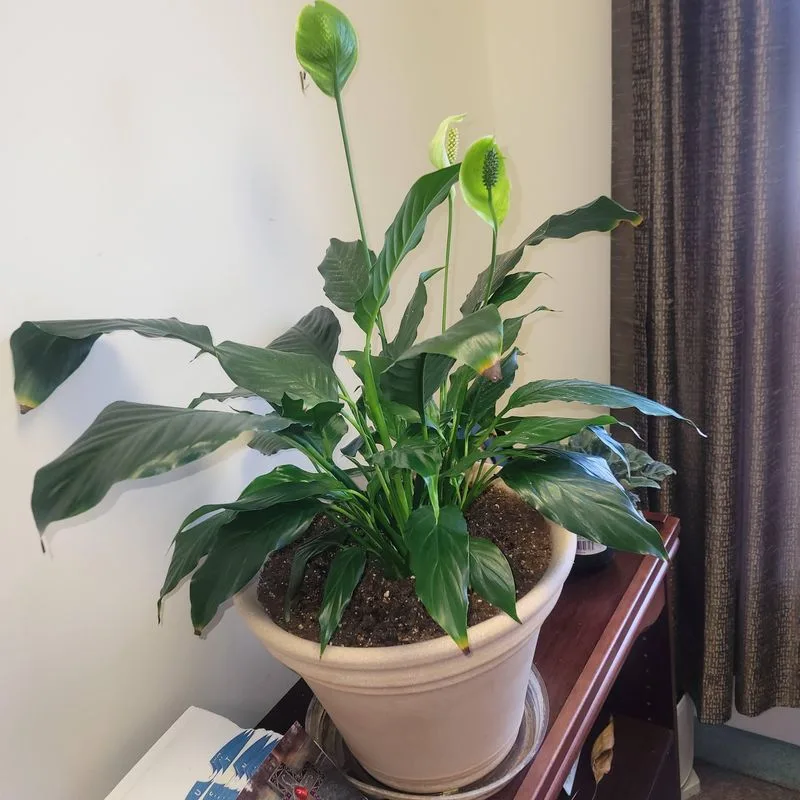
Relying solely on tap water might seem convenient, but it may not be the best choice for all plants. The chlorine and fluoride in tap water can accumulate in soil, harming sensitive species like ferns and spider plants. Over time, mineral buildup can affect soil quality and plant health. For the dedicated gardener, exploring alternatives like rainwater or distilled water can make a notable difference. Understanding your plants’ specific needs ensures that they receive the best care possible. With a bit of extra effort, your garden can thrive, free from chemical interference.
Ignoring Plant-Specific Needs
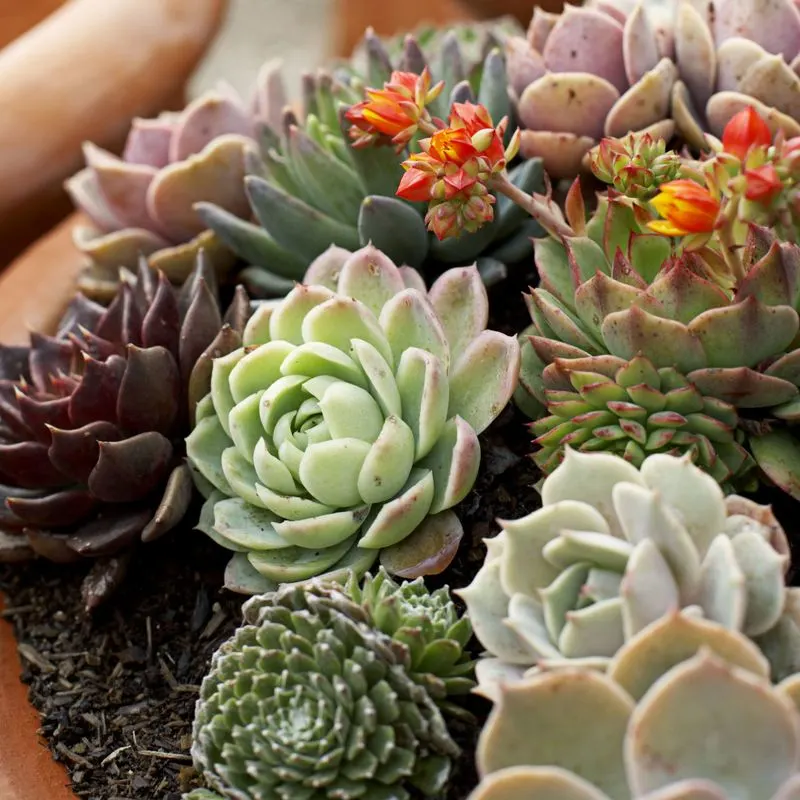
Every plant has its own unique thirst. Ignoring these specific needs is like trying to fit a square peg in a round hole. Succulents prefer dry conditions, while ferns crave constant moisture. Failing to tailor your watering approach can stunt growth and vitality. For passionate gardeners, learning about each plant’s requirements is key to a flourishing garden. By treating each plant as an individual, you unlock its full potential. This approach not only saves time but also enhances your connection with nature’s diverse offerings.
Relying on Weather Patterns
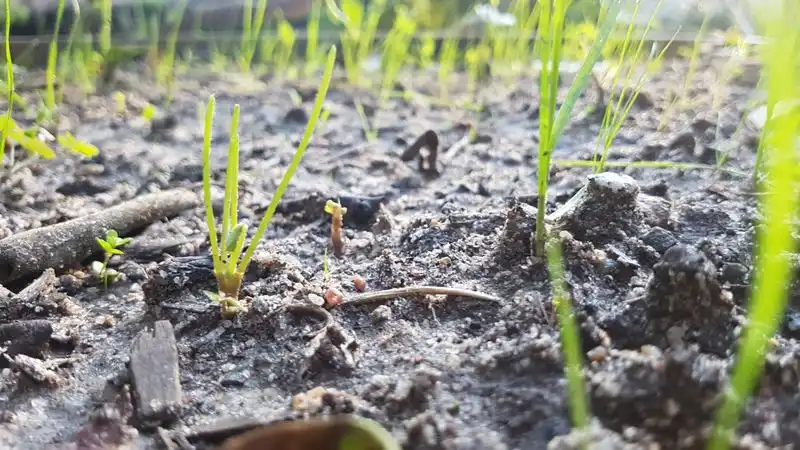
Trusting weather patterns to dictate your watering schedule can be a gamble. Unexpected dry spells or heavy rains can throw off your routine, leaving plants thirsty or waterlogged. While it’s tempting to let nature take its course, maintaining a consistent watering schedule ensures your plants receive the care they need, regardless of the weather. Monitoring soil moisture and adjusting your approach based on conditions can lead to a more resilient garden. This mindful practice offers plants the stability they require, even when the forecast doesn’t cooperate.
Using Saltwater
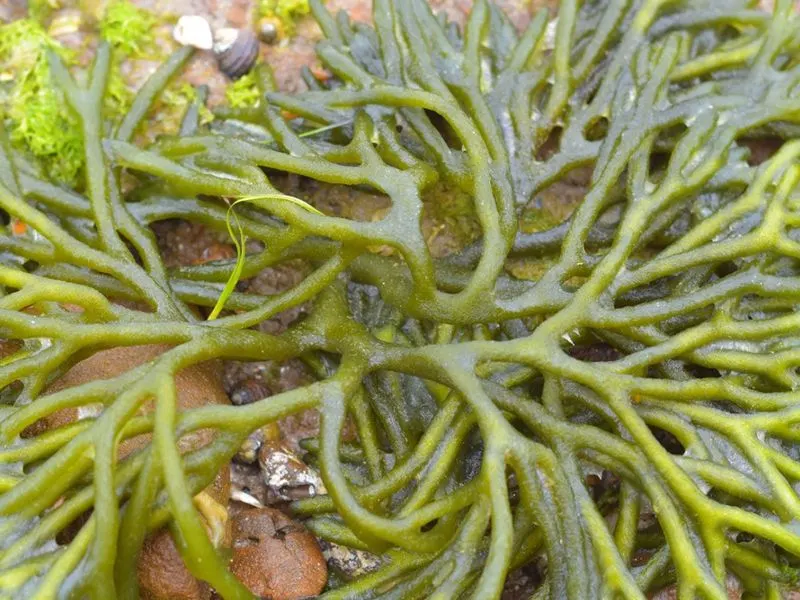
Saltwater and plants are not a match made in heaven. The salt can dehydrate plant cells, leading to wilting and browning. For those living near the sea, it might seem like a convenient option, but the risks far outweigh any potential benefits. Salt accumulation in the soil can inhibit growth and lead to long-term soil degradation. For thriving plants, freshwater is the way to go. Ensuring that your watering sources are free of salt can prevent a host of issues, keeping your garden vibrant and healthy.

